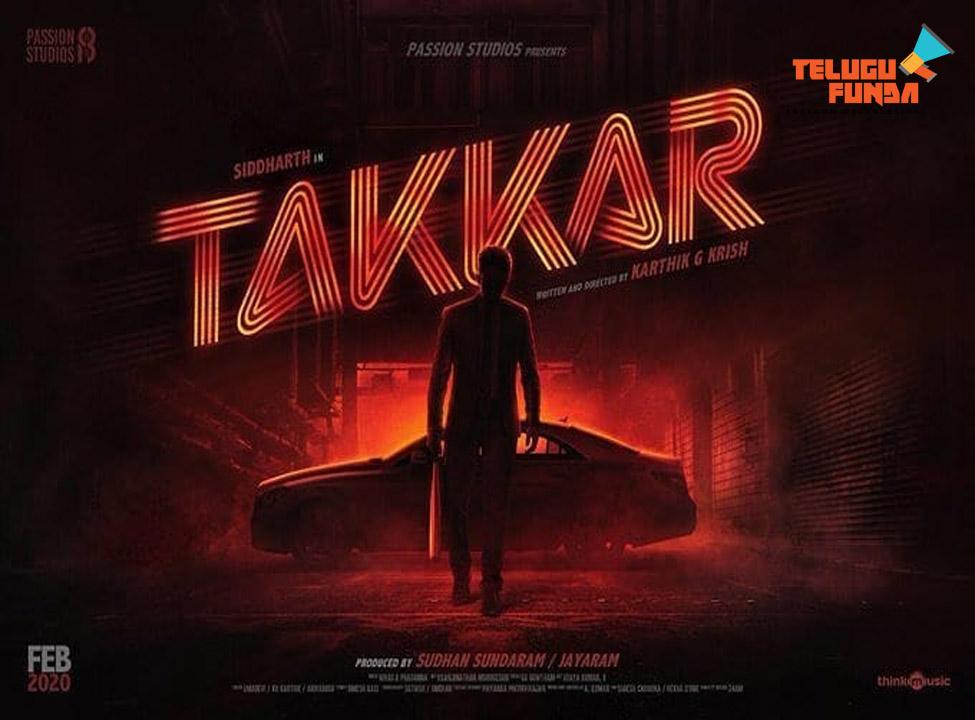The frenzy of big scale action cinemas with big guns and pan-indian cinemas is still fresh in the industry. Harom Hara aspires to be at a large scale. Yes, the aspiration of the makers seemed to be limited to scale but not the substance.
Sudheer Babu is branded in this movie as “Nava Dalapathy Sudheer Babu.” at the end of the film. He plays Subramanyam who is a lab-assistant-turned-gun-maker and smuggler of guns trapped in a local revenge saga with politicians and illegal businessmen. Harom Hara did a good job at building a world without the hurriedness. It also stood-out for me for its very authentic Chittor’s Kuppam’s dialect. Gnanasagar must be credited for bringing, and maintaining, the fresh flavor of authenticity to Telugu cinema.
The writer and director, Gnansagar, took a fair amount of time to make the audience familiar with the world of Kuppam, unlike the recent gangster drama Gangs of Godavari. The way the scenes were established across the story gives you a stark resemblance to Sukumar’s blockbuster Pushpa. This has been a huge turn-off for the entire movie.
The worst part of the plot-plagiarism is that Gnanasagar didn’t even take the best aspects of Pusha and moduled according to the Chittor-based story. He took the plot and, maybe, forgot to take the essence of it. This is true especially for the second-half. For example, after Palani Saami’s (played by Sunil) narrates Subramanyam’s biography– just like Kesava’s voiceovers narrating Pushpa’s rise– the new Lady Cop enters to serve justice. When Fahad Fassil was overpowering Pushpa as Bhanwar Singh Shekhawat, the lady-cop doesn’t even have the relevance in moving the story ahead– except for being a good listener of Subramanyam’s life story. The dealing of another woman character is also the same. The actress Malvika Sharma has no relevance in the story except being a “good wife” who supports her husband in whatever crime he does. And, of course! What is a heroine in commercial cinema if she doesn’t appear sentimentally out-of-blue just to make the hero step-back from violence momentarily before he can unleash his ‘Nava-Dalapathy-ness’.
Gnanasagar proudly claimed in an interview that the shooting-set was like a ‘boys hostel’ and there were no women on the set except the heroine- who also has very minimal screen presence and relevance. Perhaps, he should consider adding women into the team, especially the writing team. He does need help anyway.
I shouldn’t say Harom Hara failed completely. It is still a very good movie. The visuals of greeny Kuppam situated somewhere in the 1990s is stunning. The cinematography by Aravind Viswanathan capturing the cloudy, gloomy, rainy moods does help the visual language a bit. The background score by Chaitan Bharadwaj too hits you well at the moments. But, these alone can’t save any bad writing.
Despite the plot-plagiarism, Harom Hara worked for me. But, only to the extent of when the hero was not the ‘hero’. Once he became “The Hero”- a demi-God, the story started to wane, which happens to be at the interval. The intelligent Gnanasagar might have noticed that there is really nothing in the second-half of the movie. Maybe that’s why he had added his ‘A Film by Gnanasagar’ at the interval card right after the movie title Harom Hara. He might have been symbolically saying that the movie ended here. I didn’t take that seriously. But, perhaps you should.
Sudheer is a nepotistic lad of industry. But, the great thing about Sudheer is that he has been trying different things with every film, but always fails miserably. Sudheer needs a savior director, who doesn’t just bank on the name of Sudheer, but also the one who can re-make his name.
Harom Hara is now playing in the theaters.
Follow Telugu Funda on trending Social Media Platforms for more Cinema, OTT, Political, And Sports updates










